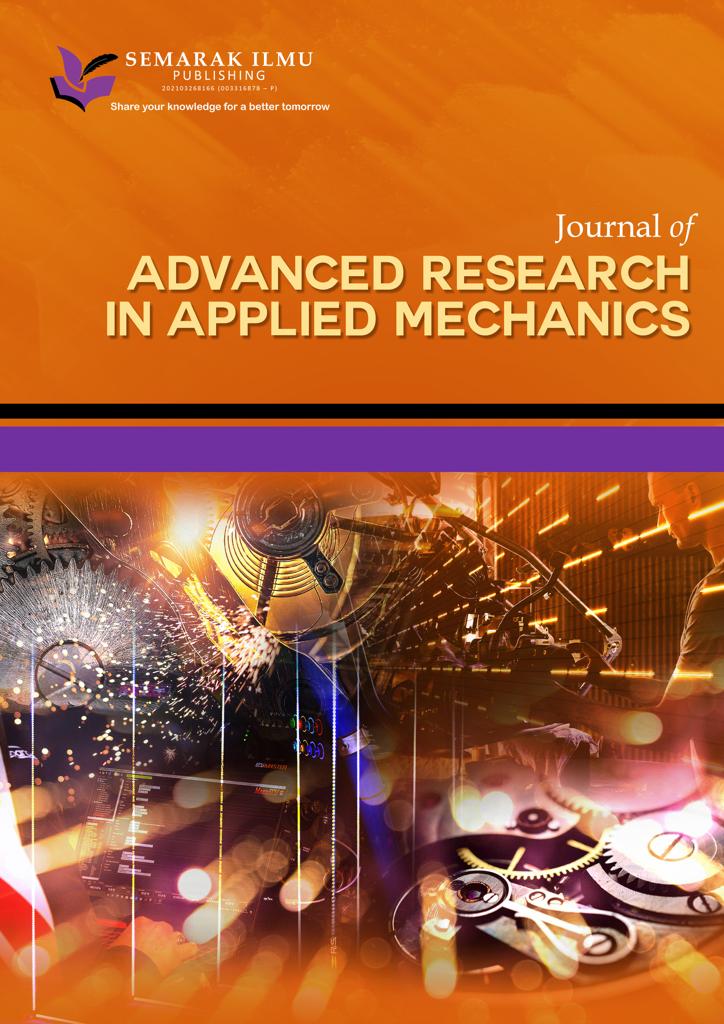Potential of Biogas Production from Anaerobic Co-digestion of Hydrothermal Pre-treated OPEFB and Digested Sludge
DOI:
https://doi.org/10.37934/arfmts.117.1.155163Keywords:
Oil palm empty fruit bunch, hydrothermal pre-treatment, anaerobic co-digestion, biogas productionAbstract
The palm oil industry plays a vital role in Malaysia, but it generates substantial amounts of biomass waste, which, if not properly managed, can lead to environmental pollution. Among these waste products, oil palm empty fruit bunch (OPEFB) is the most abundant and underutilized, being generated daily without any commercial value. The aim is to efficiently convert OPEFB into fermentable sugars for improved biogas production. Nevertheless, the challenge lies in efficiently degrading OPEFB within a short timeframe before fermentation into biogas can occur. This study aims to explore the potential of hydrothermal pre-treatment as a means to enhance biogas production from OPEFB. The pre-treatment process was optimized by varying reaction temperatures (100 to 250°C), and reaction times (10 to 40 minutes). The main objective was to maximize the total soluble sugar yield, a crucial precursor for efficient biogas production. The optimal conditions for hydrothermal pre-treatment are identified at a temperature of 175°C and a reaction time of 20 minutes, resulting in a yield of 49.2 mg of glucose per gram of OPEFB. Subsequent anaerobic co-digestion of the treated OPEFB with digested sludge increased methane yield to 100.53 ml/g-VS, representing a remarkable 392% increase compared to the low 20.44 ml/g-VS produced by untreated OPEFB. Nonetheless, elevated pre-treatment temperatures (200°C and above) led to reduced biogas production due to inhibitory compounds. This study demonstrates the effectiveness of hydrothermal pre-treatment as a low-temperature, green technology for enhancing OPEFB-based biogas production, contributing to Malaysia's renewable energy goals. Future research should focus on scale-up and validation of this integrated process.
Downloads



























